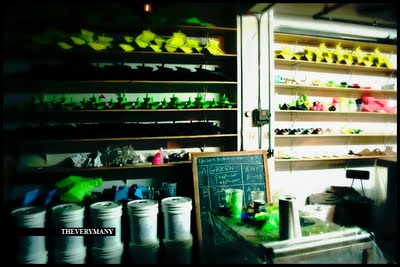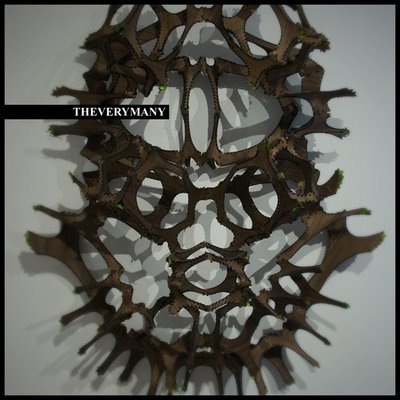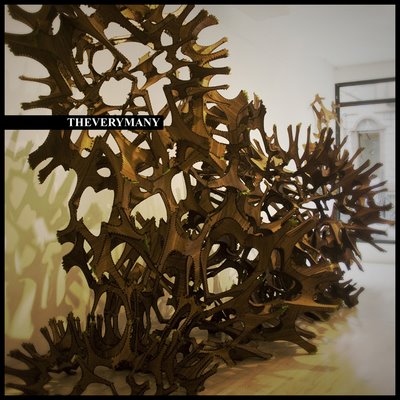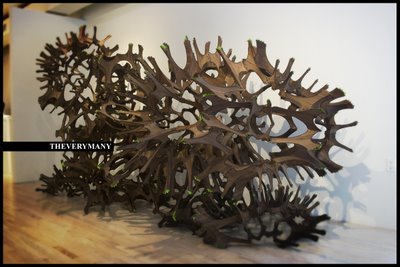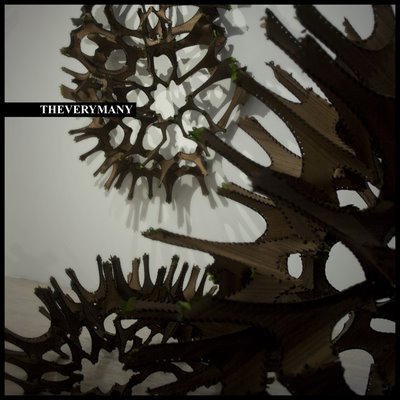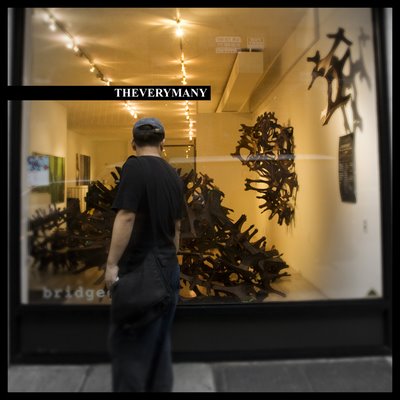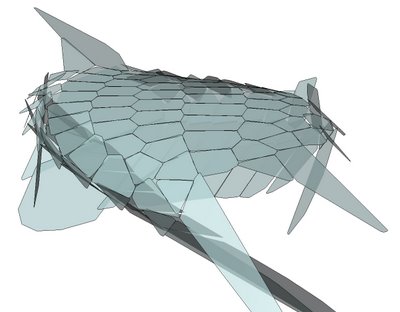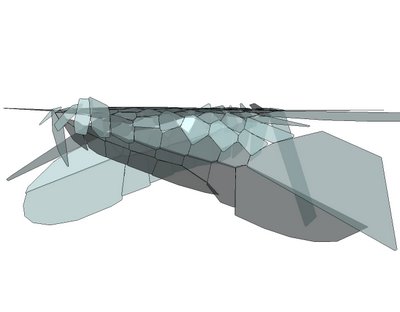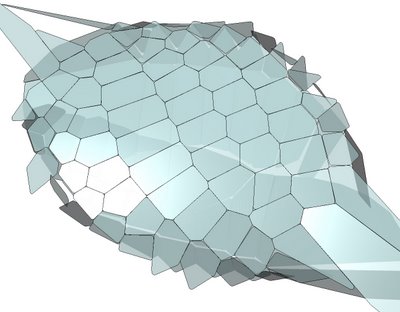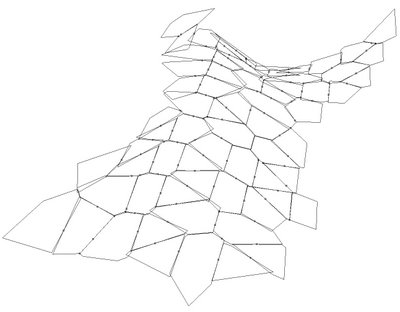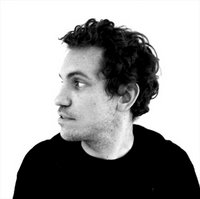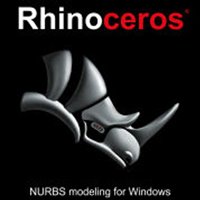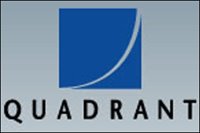 BERLIN | Design Modelling Symposium
BERLIN | Design Modelling Symposium | 05/10 - 07/10/2009
Marc Fornes has been invited as one of the key lecturer.
 BERLIN | Rhinoscript Master Classe
BERLIN | Rhinoscript Master Classe | 05/10 - 07/10/2009
Marc Fornes will also run -as part of the Design Modelling Symposium- a three session master class on rhinoscript.
From the Design Modelling Symposium Berlin website:
The Symposium sees itself as an international interdisciplinary platform of designers, developers and scientists of the disciplines architecture, design and engineering.
The fundamental technological principals of designing, planning and building have changed radically. CAD (Computer Aided Design) and CAM (Computer Aided Manufacturing) are nowadays an integral part in concept and planning processes. FEM (Finite Element Method) helps in analysing and optimising more and more complex structures. It is now possible to simulate and explore complex coherences between material, structure and climate. New materials open up the development of more effective constructions, new spatial and material experiences.
The Design Modelling Symposium would like to encourage discussion about the target course of this development by exchanging the experiences in appliance of such new technologies. Rather than the prospects of modelling complex geometries and structures, the main focus lies in new concepts and design strategies emerging from the application of new technologies. Another emphasis is the discussion of the role of analogue and digital models in the design and planning process as well as questions regarding realisation of complex geometries and construction systems.Invited Key Lecturers -Robert Aish, Autodesk, Inc.
"Language and Interaction for Design Computation"
-Marc Fornes, Theverymany, New York
“Different, Similar, Identical“
-Axel Kilian, TU Delft
“Designexplorations”
-Wolf Mangelsdorf, Buro Happold London
“Complex Geometries: Strategies for Design and Realisation“
-Andrew Marsh, AEC-Simulation Autodesk, Inc.
"Generative and Performative Design Techniques"
-Norbert Palz, Royal Danish Academy of Fine Arts, Copenhagen
“Materiality without a Past“
-Helmut Pottmann, Geometric Modeling and Industrial Geometry Group, TU Wien
“Paneling Architectural Freeform Surfaces“
-Dennis R. Shelden, Gehry Technologies
"Parametric Modelling and Integrated Project Delivery"
-Kai Strehlke, Herzog & de Meuron, Basel
"CAD-CAM in the design process of HdM- the glas pattern of the Philharmonic Hall in Hamburg"
-Oliver Tessmann, Bollinger + Grohmann, Frankfurt
"Collaborative Design Procedures of Architects and Engineers“
-Rivka Oxman, Faculty of Architecture and Town Planning, Technion, Haifa
"Digital architecture as a challenge for design pedagogy: theory, knowledge, models and medium"
Labels: algorithm, computational geometry, conference, digital fabrication, lecture, marc fornes, rhinoscript, Scripting, theverymany, workshop
